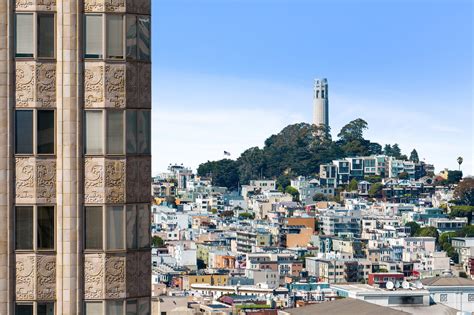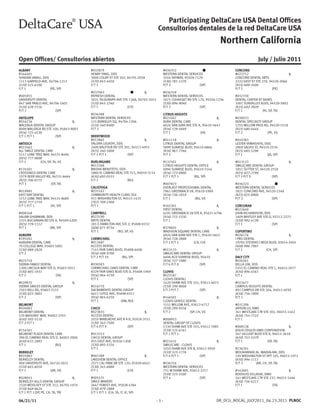Located in the heart of San Francisco, 450 Sutter Street is a historic building that has been a part of the city’s landscape since 1929. This stunning example of architectural innovation was designed by the renowned architect Timothy L. Pflueger, who is also credited with creating other iconic San Francisco landmarks such as the Castro Theatre and the Pacific Stock Exchange.
As one approaches the building, the first thing that strikes the eye is its striking exterior. The 450 Sutter Street building is a beautiful example of Art Deco architecture, with its ornate Details and geometric patterns that adorn the facade. The building’s entrance is particularly noteworthy, featuring a stunning lobby with terrazzo floors, bronze detailing, and a dramatic stairway that curves upward like a ribbon.
But 450 Sutter Street is more than just a pretty face. This 26-story building was one of the first high-rise medical buildings in the United States, and it has been home to a wide range of medical professionals and organizations over the years. Today, the building is still primarily used for medical and dental offices, although it also houses a number of other businesses and organizations.
One of the most interesting aspects of 450 Sutter Street is its rich history. The building was constructed during a time of great change and growth in San Francisco, and it has played a significant role in the city’s medical and cultural landscape for nearly a century. From its early days as a hub for medical innovation to its current status as a beloved landmark, 450 Sutter Street has always been a place of importance and relevance.
According to the San Francisco Planning Department, 450 Sutter Street is one of the city's most historically significant buildings, and it has been designated as a San Francisco Landmark. This designation recognizes the building's importance to the city's cultural and architectural heritage, and it ensures that the building will be preserved for future generations to enjoy.
In addition to its historical significance, 450 Sutter Street is also notable for its stunning views of the city. From the upper floors of the building, visitors can see for miles in every direction, taking in iconic landmarks like the Golden Gate Bridge, Alcatraz Island, and the San Francisco Bay. Whether you’re a medical professional, a historian, or simply someone who appreciates beautiful architecture, 450 Sutter Street is a must-see destination in San Francisco.
| Year | Event |
|---|---|
| 1929 | Construction of 450 Sutter Street is completed |
| 1930s | The building becomes a hub for medical innovation, with many prominent doctors and medical researchers working from offices within the building |
| 1980s | 450 Sutter Street is designated as a San Francisco Landmark, recognizing its historical significance and importance to the city's cultural heritage |

As the city continues to evolve and grow, 450 Sutter Street remains a beloved and iconic part of San Francisco’s landscape. Its stunning architecture, rich history, and continued importance to the city’s medical and cultural communities ensure that it will remain a vital and vibrant part of the city for years to come.
Pros and Cons of 450 Sutter Street
- Pros:
- Historic landmark with stunning architecture
- Rich history and cultural significance
- Continued importance to the city's medical and cultural communities
- Stunning views of the city from the upper floors
- Cons:
- Limited parking and accessibility options
- Some areas of the building may be restricted or require security clearance
What is the historical significance of 450 Sutter Street?
+450 Sutter Street is a historically significant building that has been a part of San Francisco’s landscape since 1929. It was one of the first high-rise medical buildings in the United States and has played a significant role in the city’s medical and cultural landscape for nearly a century.
Who designed 450 Sutter Street?
+450 Sutter Street was designed by the renowned architect Timothy L. Pflueger, who is also credited with creating other iconic San Francisco landmarks such as the Castro Theatre and the Pacific Stock Exchange.
What is the current use of 450 Sutter Street?
+Today, 450 Sutter Street is still primarily used for medical and dental offices, although it also houses a number of other businesses and organizations.



